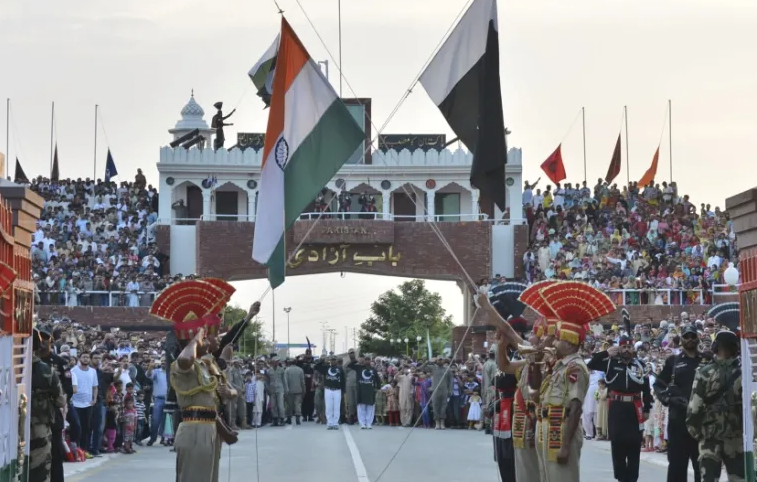Pine Ridge: home of the real Americans
Photo provided by: Jessica Tomlinson
Standing on top of a hill, Jessica Tomlinson catches the gorgeous sunset on the reservation. Rolling hills go on for as far as the eye can see on the Pine Ridge Indian Reservation.
February 3, 2017
Pine Ridge, South Dakota: home to the Oglala Lakota Indian tribe. The reservation sits in the southwest corner of the state and is roughly the size of Connecticut. The land encompasses rolling hills for as far as the eye can see and is home to the Badlands National Park. As beautiful as this land is, it is also home to some of the poorest people in America.
The Pine Ridge Indian Reservation has a population of over 28,000. The inhabitants of the reservation live in extreme poverty. Unemployment is at 80 percent, and the average per capita income on the reservation is 6,286 dollars a year, making Shannon County (in which Pine Ridge is located) the second poorest county in the United States. Being isolated from urban areas, there is no industry for jobs on the reservation. Diseases like diabetes and heart disease are rampant due to poor diets many are forced into consuming. This is because of financial strains and lack of access to fresh foods due to the remote location of the reservation. The alcoholism rate is at 80 percent, and the teen suicide rate is 4 times the national average. The life expectancy on the reservation is the lowest in the United States and the second lowest in the Western Hemisphere; only Haiti has a lower rate. When presented with this information, junior Ross Petersen said, “I cannot believe that this kind of poverty exists in our country today.”
With the extreme conditions that these people live in, you would think that their lives would be hopeless, but senior Jessica Tomlinson discovered just the opposite. Jessica said, “I met happy and proud Native Americans. I met exuberant children with smiling faces and loving grandmothers.” Jessica had the opportunity to visit the reservation on her spring break during her sophomore year. She spent the week working for a non-profit organization and became a first-hand witness to this kind of poverty. She described their living conditions as almost uninhabitable. Many of the homes on the reservation are leftover FEMA trailers. One of her favorite memories from the trip was building bunk beds for people who have never even owned a bed before.
What struck Jessica the most out of her experience was our government’s lack of respect for the Black Hills meaning to the Oglala Lakota. The Black Hills are considered by the Lakota as sacred land. Many treaties, such as Fort Laramie, protected this land for the Lakota, but the so called discovery of gold by General Custer and his troops took this land away from them. The Oglala Lakota were later offered money for repercussions, but did not accept it as they refuse to accept this outcome. The money still sits in the bank to this day.
Many believe that these problems all stem back to when we forced the Native Americans on these reservations to be forgotten about. Government aid is minimal for all of the people who are in such desperate need. The United States has not been supportive of these people over the years. Not only has the US broken over 500 treaties with the Native Americans and forced them onto land against their will, we have turned a blind eye to the original inhabitants of our country.













